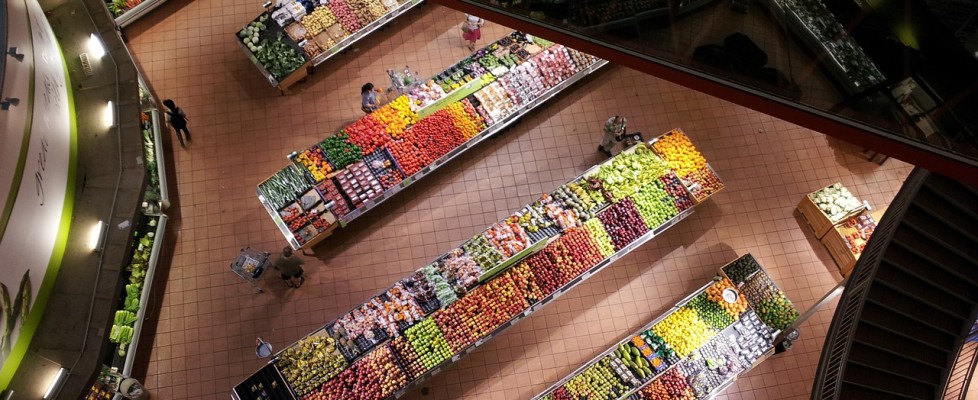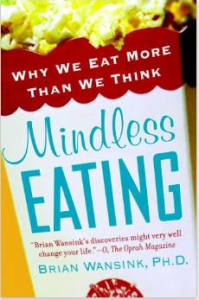How To Trick Yourself Into Healthier Eating
I don’t believe in willpower.
For someone who considers themselves to be a healthy eater, this surprises many people. In fact I have to confess that I have pretty terrible willpower. When I finally realized this, it literally changed my entire thinking about health.
To illustrate this point, let me walk you through a scenario from waaaaay back in 2007. I was a senior in college, living in my first apartment and in complete control of what I ate for the first time ever.
Now if you know any 22 year old college males, you know that their diet is less than optimal. This was just months before I went vegetarian, learned to really cook, and cleaned up my diet.
My biggest vice was potato chips — I still get into trouble when they are around (and vegan). So back then at the grocery store I would always throw a bag or two of potato chips in the cart.
Back home, with chips in the house, they were always the first thing I ate when I was hungry. They provided the highest level of taste bud stimulation. In other words, they were delicious.
I would overlook my healthier snacking options until I had exhausted the unhealthy ones.
Sure I would try to practice willpower, but I would always fail, knowing in the back of my head exactly where the chips were located. This is where the realization came.
I realized that if I was going to eat healthy, I had to show my discipline at the register
If the junk food is in the house, you’ve already lost the battle. Without realizing it, the “food environment” that you are surrounded by informs your choices more than your conscious mind.
Researchers have tested this time and time again. It’s part of a field of research called “Behavioral Economics.” This school of thought is based on the idea that our decisions are largely formed by our environment, not our minds. In other words, our behaviors are easily manipulated and nudged, in one direction or the other.
So, for example, take a school cafeteria line, and move the bowl of apples from the middle of the line to the beginning, and students take 11% more apples.¹ The only difference is how the fruit is presented, and yet behavior changes. In other words, the healthy behavior is “nudged,” or encouraged.
Food marketers have known this for years. Why else does nearly every store place candy bars, bags of chips, and soda at the register? You weren’t hungry when you walked into that Home Depot, but gosh darnit, those M&M’s do look tasty…
You can apply these principles to your own life!
You can be your own behavioral economics researcher. Tweak your personal food environment by leaving the unhealthy food in the grocery store! In addition, have an overflowing bowl of attractive fruit placed prominently in the kitchen or dining area. Fill your fridge to the brim with bright colored vegetables, cooked grains and beans, and healthy condiments and beverages.
For more on how you can use behavioral economics to change how much and what you eat, check out this great book:
Mindless Eating: Why We Eat More Than We Think
¹Wansink B, Just D. (2011). Healthy foods first: students take the first lunchroom food 11% more often than the third. JNEB. 2011;43(4):S8.



Don’t put yourself in a compromised position — buy the food you want to eat, because whatever is in the house is what you will consume!